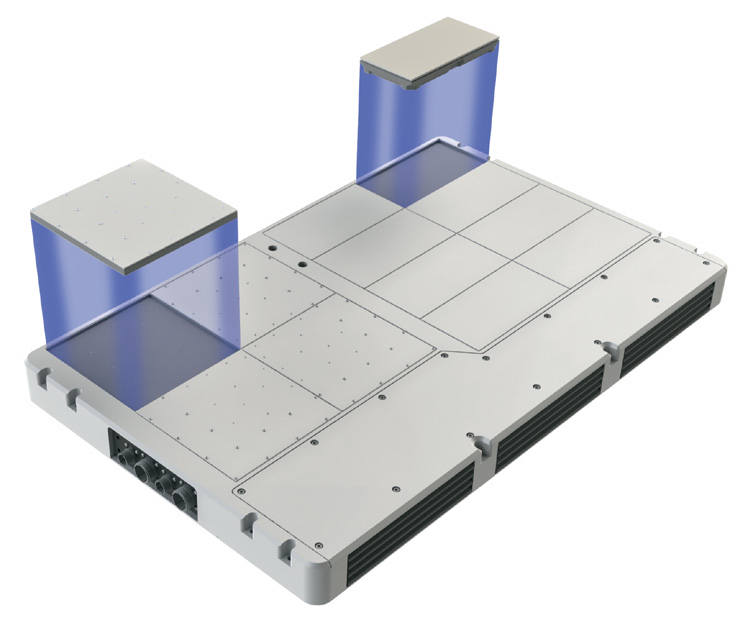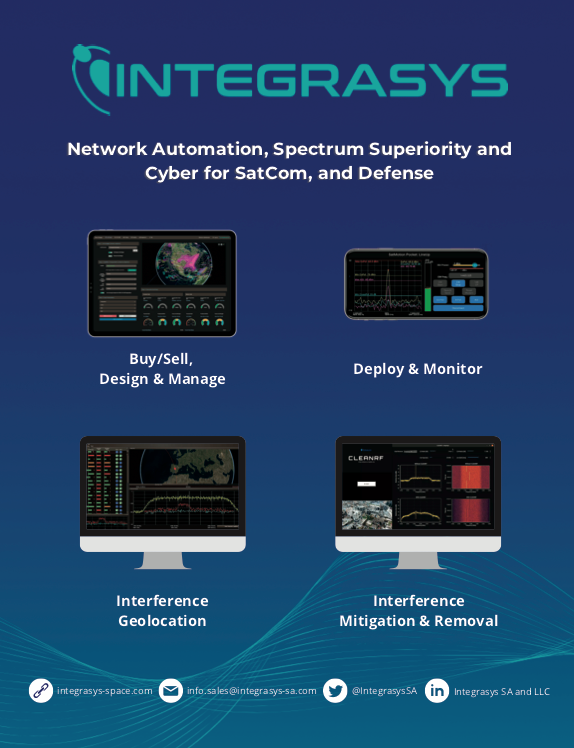Military satellite communication (MILSATCOM options are growing as the market continues the integration of Low Earth Orbit (LEO) and Medium Earth Orbit (MEO) constellations, with the capabilities of established Geostationary Orbit (GEO) satellites — however, the deployment of these new satellite networks is also increasing the complexity of communications systems and driving the need for new user terminals.

The communication industry’s efforts on LEO satellites are centered on the promise of truly global broadband coverage, further building on the traditional capacity of GEO satellites and looking toward a future where high-performance connectivity isn’t just a luxury, but an expectation — even in the most remote and extreme environments in the world.
As the market’s transformation begins to take shape in earnest, some of the most exciting developments will emerge on the back of multi-orbit and multi-band capabilities, which will come to define the next era in resilient tactical communications.
For our nation’s warfighters, these technologies will bring the flexibility and confidence of knowing there are always multiple communication pathways overhead, providing new assurances in the ability to move important data about adversary movements and the health and wellness of our troops.
These pathways will even help to improve the everyday lives of warfighters abroad, allowing them to better connect with friends and family back home. Currently, that level of connectivity isn’t always available for our armed forces.
Multi-Orbit Support With Electronically Steered Antenna (ESA)
The warfighter needs a single terminal that can connect to GEO satellites as well as LEO and MEO satellite networks. The impending proliferation of these constellations is already emphasizing the need for apertures with greater functionality to support the beam and tracking speeds of these constellations. The traditional reflector antennas used for satellite communications do not meet these latest requirements.
Introducing moving satellites adds an additional level of complexity for mechanically steered solutions. A traditional antenna using mechanical steering is constantly scanning from one horizon to the next to pick up another satellite. That process inevitably creates disruptions in connectivity.
Ball Aerospace is meeting these challenges with electronically steerable antennas (ESAs). Designed and assembled in the United States, Ball’s ESAs have the capability and flexibility to support multi-orbit communications with GEO, LEO and MEO satellites from a single, low-profile antenna.
For commercial satellite communications (SATCOM) and MILSATCOM users, this technology provides confidence that the ESA enabled terminals can support any existing or future satellite network.

Electronically steerable antennas don’t contain any moving parts that can wear out over time. Plus, ESAs can steer beams in microseconds as they are not constrained by momentum restrictions such as mechanically steered antennas.
ESAs are able to provide the required agility to meet tight handoff requirements between satellites in the latest constellations.
Electronically steerable antennas will finally provide military personnel with more options for global connectivity. This means more dependable communications at large as well as providing a new standard in resilience.
A multi-orbit terminal will make it far more difficult for adversaries to jam signals — our warfighters will have the option to select from an array of optional satellite networks. If a network is jammed, the user can move to another, independent network.
This ubiquitous connectivity will make a difference on multiple fronts, from providing safer and more reliable communications for military operations, to ensuring our warfighters are connected back home while they’re doing the nation’s work.
Developing The Next Wave of Antenna Technology
Now that ESA technology has been proven to be a viable and affordable solution, what does the next evolution of this technology look like?
Communications resiliency can be improved even more by combining multi-orbit with multi-band capability. A single terminal that could support both Ku- and Ka-band frequencies would allow the user to connect with any satellite network that was visible.

Mathew Little
As the technology starts to take shape, finding ways to keep costs down without sacrificing performance is vital and that will be a focus area and engineering challenge for the industry going forward as we work to meet MILSATCOM demands and close warfighter capability gaps.
https://www.ball.com
Matt Little is the director of the Communications Sector within the C3I Mission Area at Ball Aerospace. He has more than 20 years of experience developing electronically scanned antennas for communications, radar and electronic warfare applications.


